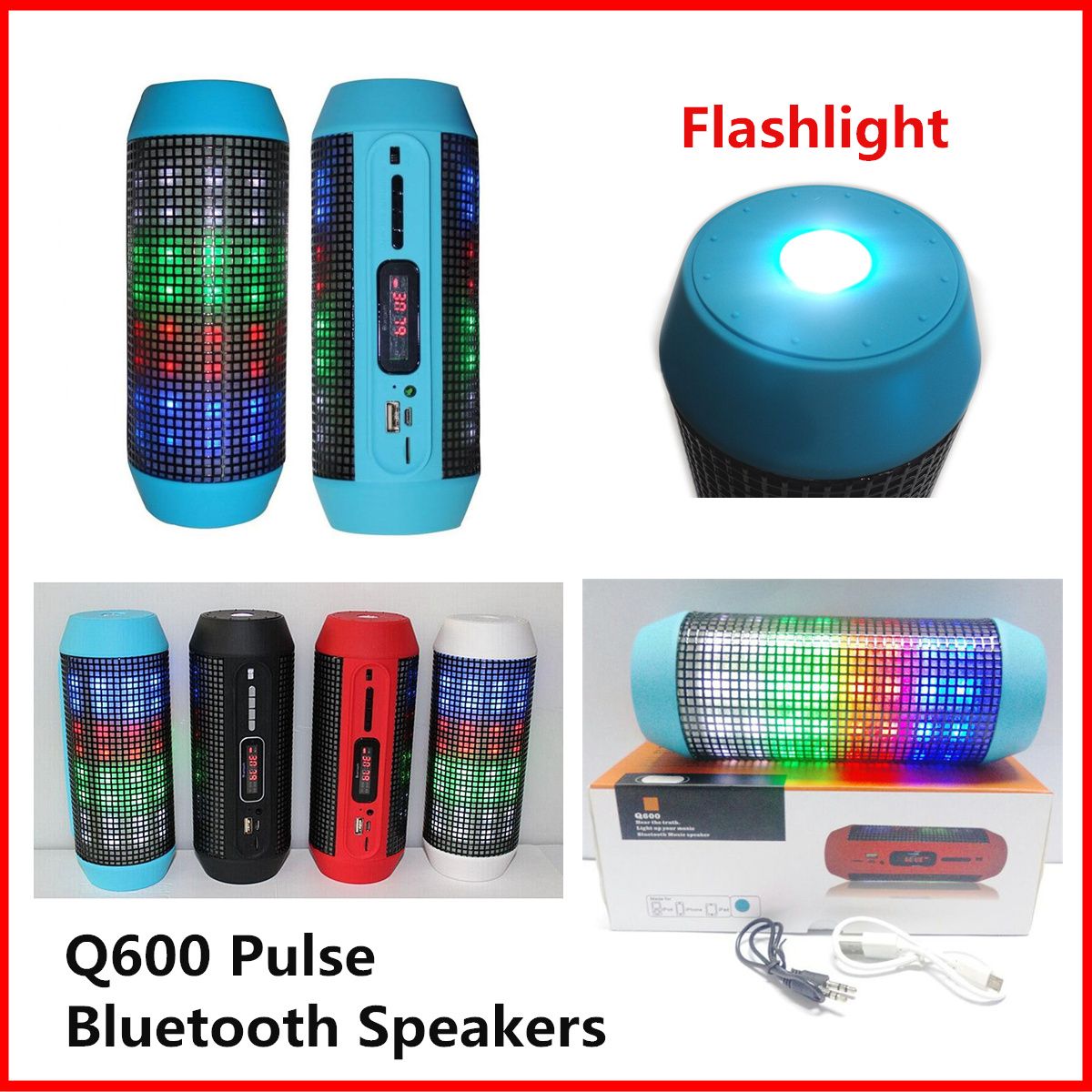


Smart lighting does not need Wi-Fi to work. Failing this, there is usually an option to change the color and brightness via a remote. You can still program lots of smart lighting through Bluetooth – just check the specifications on any product you buy first. However, these features are not essential, and the lights will work fine without them. This means you can turn on and adjust lighting, no matter where you are. For example, high-end smart lighting including Philips Hue, which uses the Hue Bridge system to enable away-from-home control. Smart lighting also uses the internet in less direct ways. There are loads of uses for this, from setting certain lights to come on in order to gently wake you up in the morning, to dimming the lights at a party from your phone. This means you can effortlessly control the color, brightness and time setting of any light, from anywhere in the house. You can also use the Wi-Fi to connect them to virtual assistants like Alexa, Siri or Google Assistant. Smart lights use an internet connection to connect to other devices, such as your phone, laptop or smart home appliances. So you can rest assured that they will keep going whatever your connection! Do smart light bulbs need an internet connection? Luckily, smart lights don’t need Wi-Fi to work. After all, there are bound to be times when modern technology fails you and the internet in your house cuts out. With internet-connected home appliances all the rage these days, there are a lot of questions surrounding how well these devices work without Wi-Fi. This means you can control the lights from your mobile phone even if the Wi-Fi is down. However, most smart lighting also comes with Bluetooth connectivity. It still has the same energy-saving qualities. Smart lighting works the same as normal LED lighting without internet connectivity.

If you’ve recently brought a smart light bulb or light strip, you might want to know – do smart lights need WiFi?


 0 kommentar(er)
0 kommentar(er)
